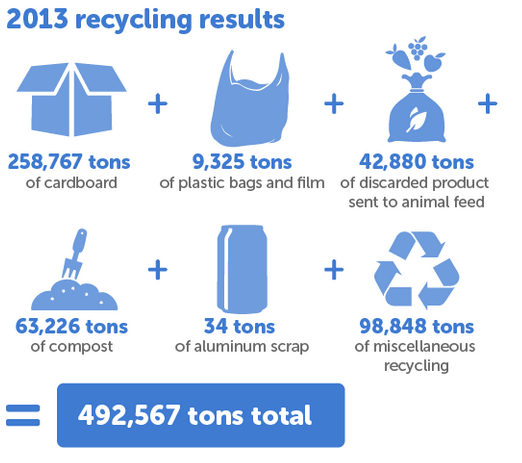I want to help loyalty card holders of major supermarkets minimize food waste by integrating date of purchase information with food longevity data.





Diminish is a conceptual platform app that utilizes Safeway's Loyalty Card Shoppers' purchasing information with the intention of minimizing food waste within the home. Date-of-purchase details (loyalty card "history") is used in combination with front-of-house data, (Safeway's quality assurance practices) in order to determine the approximate food longevity date.
Diminish provides a sense of relief to anxious consumers who find themselves confused about "best buy" dates (and/or the change in smell, texture, color, taste in food as it ripens) by providing appropriate recipes that includes ingredients already found within their pantries. Diminish also supplies Safeway with an inner-look to what their customers are making with their products by giving the user the opportunity to send photographs of their ready-made recipes in exchange for Rewards Points.
I had a lot of fun working on this project and I think I will take it farther by extending the experience onto a smart refrigerator that also connects to your local supermarket. View my research blog here.

A journey map of today's grocery shopping culture.
Nobody talks about the waste.
In one year, 40 percent of the food our farmers harvest gets shipped to waste facilities and landfills. That is equivalent to 35 million tons or 165 billion dollars for you mathematicians out there.
Symmetry has been scientifically proven to be inherently attractive to the human eye, there is no doubt about that. So when a food changes in texture, color, taste, smell, shape, it is no surprise that we become skeptical of its nutritional benefit.
In the food culture we have today, people throw away produce that they perceive as waste, or no longer of value. The moment we throw away a brown banana into a garbage bin, it is no longer thought of again. We place our garbage cans outside and somehow, while we are all sleeping, the "magical" garbage can becomes empty again. This kind of behavior reiterates the culture we live in: the culture of abundance. We believe it is okay to throw away this brown banana because, well, why the hell not? We could always buy another batch for 99 cents a pound, right?
Yet, 1 in 6 Americans struggle to get enough to eat. We can help eliminate this pressing problem by not wasting the foods we buy.

20% of people throw away their food purely because of "Best Before, Sell By" date confusion and anxiousness.
Imagine: you open your fridge door and you notice you have forgotten about the banana you have bought over a week or two ago. You pick it up and immediately, you are aware of its change in color and texture. At this moment, budget conscious people are in a state of anxiousness. Anxious because they know how much they have spent on that produce, and feel a sense of guilt throwing it away but have no idea what to do with it.
This state of anxiousness is at an even greater magnitude when "best before" labels are involved."Best before" labels are only advisory and refer to the quality of the product, not whether the food is safe to consume. This kind of confusion causes families to throw away about 20% of every consumable product they buy.

An example of major supermarkets, such as Safeway, taking the initiative to become more of an ecologically responsible company.
In a recent National Public Radio (NPR) broadcast, it was stated that 60 percent of food waste happens within businesses and the remaining 40 percent results within our households.
Early in my research, I was introduced to a French project named Inglorious Fruits and Vegetables, where designers took on the same challenge as I. The moment I saw the video, I fell in love with the idea and could not imagine a better solution. Later in my research I was distraught to find that companies like Safeway send their "ugly" produce to animal feed but, I quickly came to realized that people like pretty things. People buy pretty things and as a species we cannot change that fact so sending out "ugly" produce for animal feed isn't bad as I first imagined.
Even though 60% of food waste does happen on the production line, this does not mean that companies are not thinking about these problems as well. Major supermarkets like Safeway and Walmart are taking the initiative to reduce waste by sending their discarded product to animal feed instead of landfills. I then became conscious of the fact that I have been completely avoiding the customers journey.


